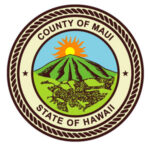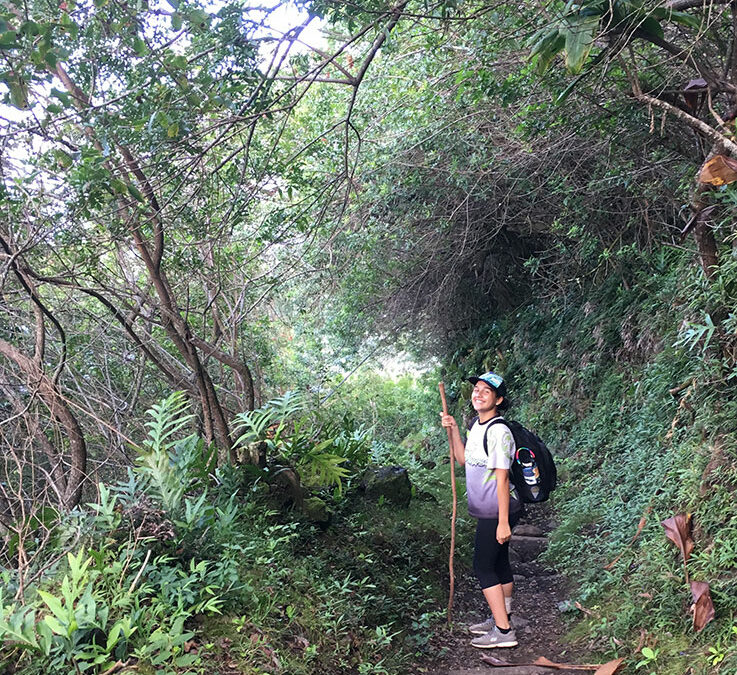
Jun 12, 2019 | Environment, Sustainability
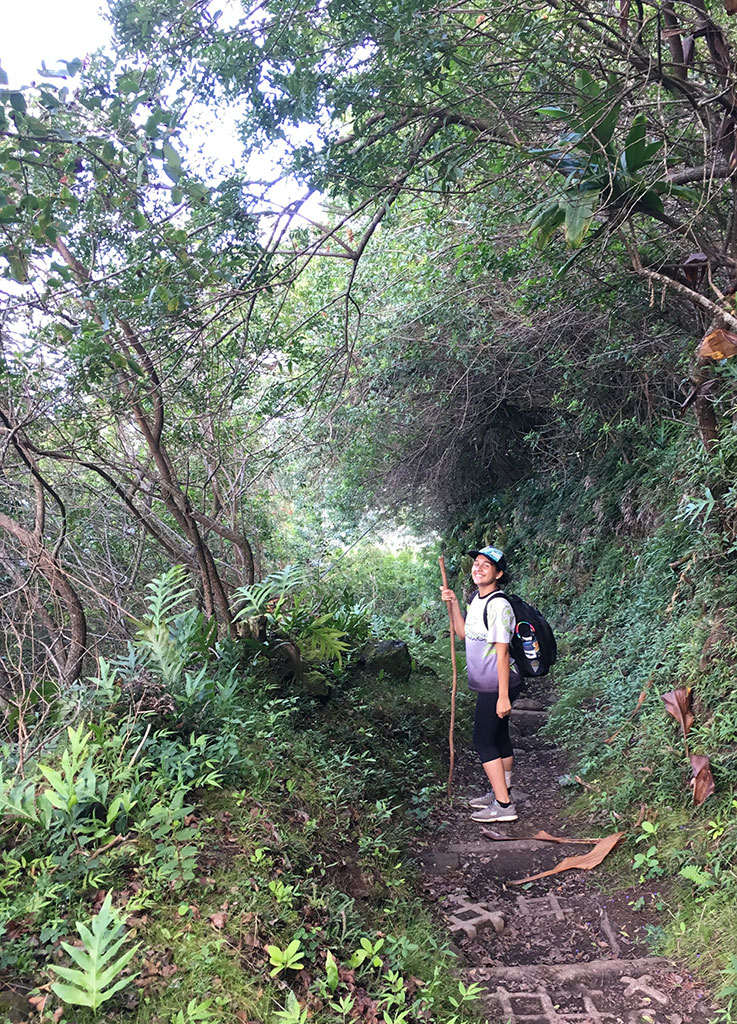
Molokai High School senior, Cameryn Rae Kahalewai won numerous awards, including first place overall in the senior division at the 60th Maui County Regional Science & Engineering Fair held at the Maui Beach Hotel. Kahalewai’s project, “The Effect of Soil Type, Salt, and Feral Animal Fencing on the Plant Distribution and Abundance on Kalaupapa Peninsula, Molokai”, also won her an invitation to represent Maui District in the Intel International Science & Engineering Fair in Phoenix, Arizona in May.
“My project examined the effect of feral animals, soil type, and salt on the distribution of coastal vegetation,” Kahalewai explained. “Using quadrat plant surveys and soil conductivity measurements in two 100-hectare (250-acre) areas with and without deer, I found that soil salt levels were similar across all soil types except for sand. Lower readings for sand could be due to the prevailing wind patterns or soil drainage. Without deer, mineral and organic soil had larger percentages of plant cover, while the sand and mixed soil types had higher percentages of native species present. Comparing the impacts of deer on either sides of the fence, both native and non-native plant cover decreased when deer were present. Four key plant species were selected in the grass, forb, or shrub life form categories. All experienced a decrease in average percent plant cover when deer were present. Based on these results, we can conclude that deer are negatively impacting the coastal salt spray vegetation and species richness regardless of soil type. Fencing appears to improve plant cover, especially for native species growing abundantly in the sand.”
Kahalewai found that both invasive plants and free-roaming ungulates (hoofed animals) are causing detrimental impacts to native plant species. “I wanted to show that if ungulate problems are addressed in time, the remaining native coastal vegetation in damaged areas has a better chance to survive,” she said.
Biology teacher Jeannine Rossa said, “I saw Cameryn’s enthusiasm and understanding of the material develop throughout the semester. This is wonderful field-based science. Kahalewai hopes to major in both environmental science and business marketing in the Fall.”
I hope my research can inform both the Kalaupapa land management and the entire community of Hawaii about the effects of coastal salt spray, soil type and feral animals on coastal vegetation and offer plausible solutions.
Cameryn Rae Kahalewai, Molokai High School senior
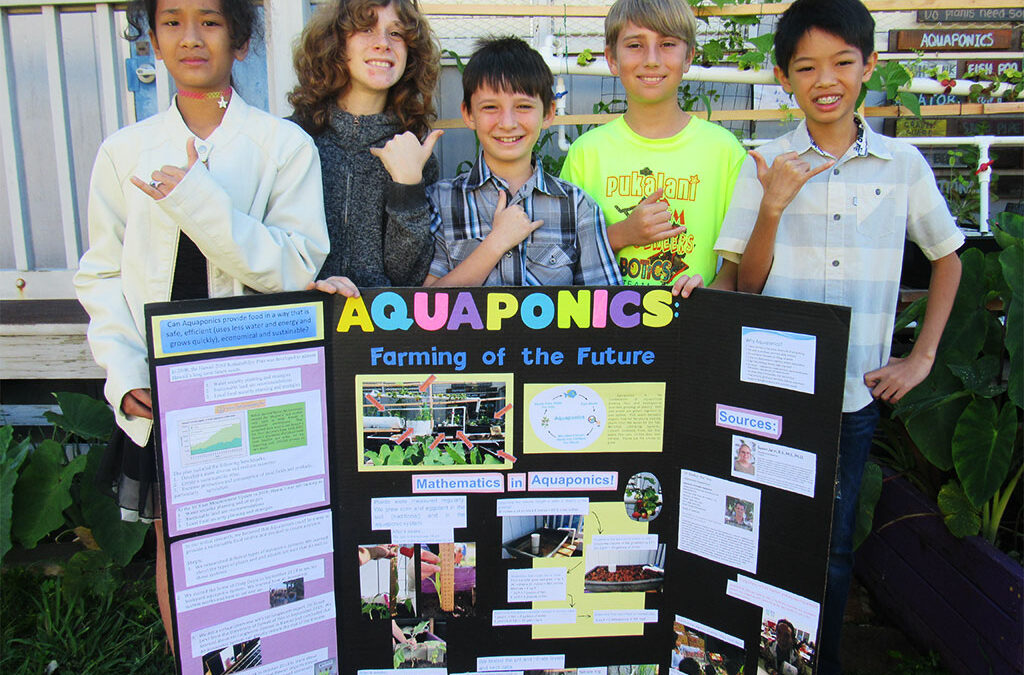
Jun 5, 2019 | Education
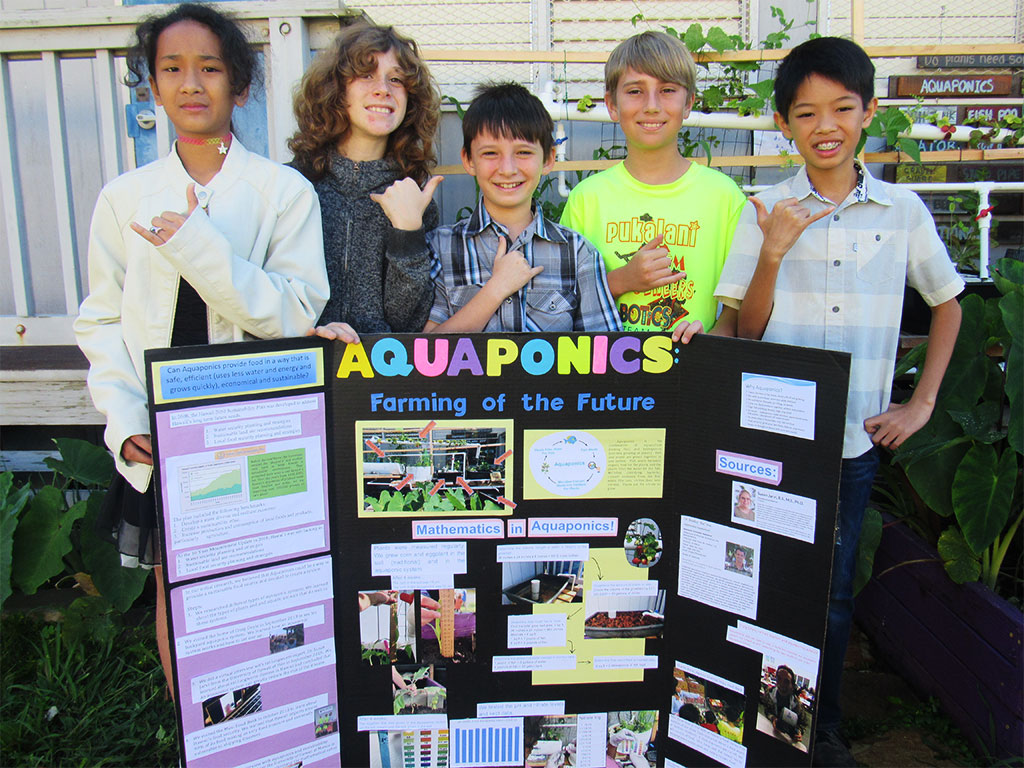
Maui Economic Development Board (MEDB) will present their annual Ke Alahele Education Fund Benefit Dinner & Auction, Pathways to Our Future, on Saturday, August 31, 2019 at the Wailea Beach Resort–Marriott, Maui. Proceeds raised will help to advance MEDB’s K-12 STEM (science, technology, engineering, mathematics) education programs−benefitting the lives of residents in Maui County and statewide.
STEM education is important for MEDB grantee Pukalani Elementary School. Debbie Hisashima, Pukalani Academic Coach said, “The school’s robotics teams have been competing in VEX robotics since 2014, advancing to state championships each year. Our students design, build, and program their robots, using mathematical concepts such as geometry, statistics, and algebra. We are grateful to MEDB for supporting our competitive teams for VEX IQ Robotics, Math Matters, Science Olympiad programs, and much more.”
Recently, the students had a wonderful experience competing in the 2019 CREATE US Open VEX Robotics Championship in Council Bluffs, Iowa. They took 6th place in the teamwork challenge, which involves two teams partnering to complete tasks to gain the most points possible; and 4th place in the skills contest.
Hisashima noted, “Additionally, a team of seven students, Blake Yatsushiro, Israel Enriquez, Lydia Jackson, Brayden Kitagawa, Aaden Tokushima, Pono Hodges, and Carson Rosenthal took 1st place in the STEM research project—a separate aspect of the robotics competition. Their research project presented the possibility of aquaponics (AP) as a solution to the problem of food insecurity. They did extensive research interviewing many of Hawaii’s experts. The students believe that if everyone had an AP system, Hawaii wouldn’t have to be as dependent on outside growers and waste resources on shipping.”
Concluding, Hisashima exclaimed, “Then, the moment that we were all waiting for had arrived− the awards. Before they announced the winning STEM research project team, the judges said that the winning students showed great passion and enthusiasm for their topic; researching a real-world issue that could have great impact in their community. Then, they called out our team’s number. The students jumped out of their seats and ran down to the stage to receive their trophy. They haven’t stopped jumping yet!”
Along with MEDB, we believe that STEM education will be a determining factor in Hawaii’s future viability.
Debbie Hisashima, Pukalani Elementary School Academic Coach
For Ke Alahele Education Fund Benefit Dinner & Auction reservations, donor and sponsor opportunities, visit www.medb.org or call 808-875-2300.
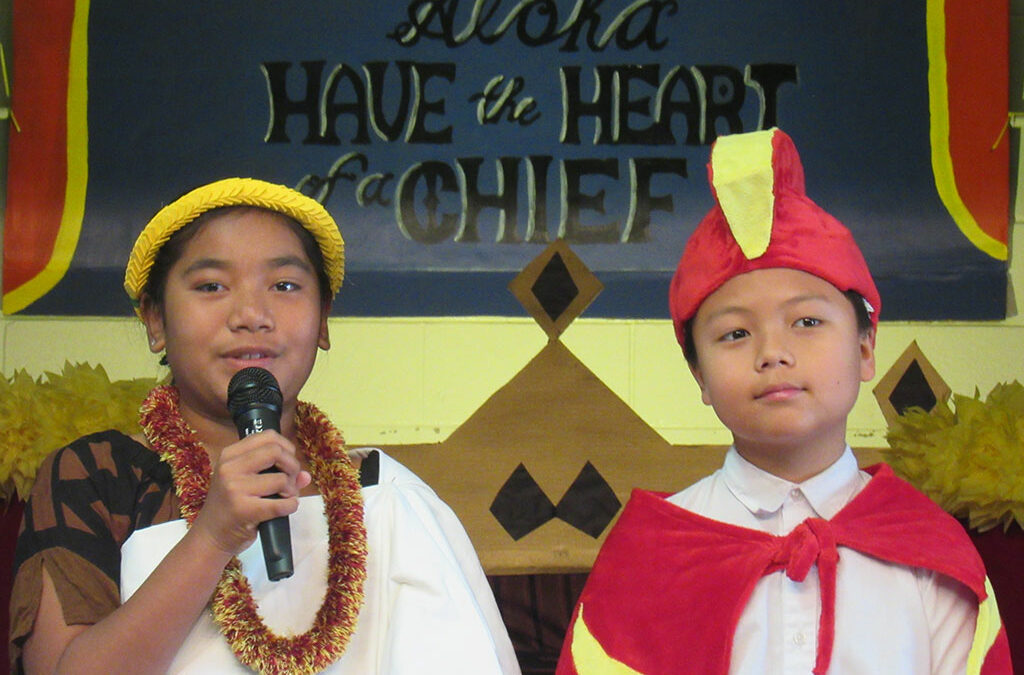
May 29, 2019 | Education, Innovation, Stemworks
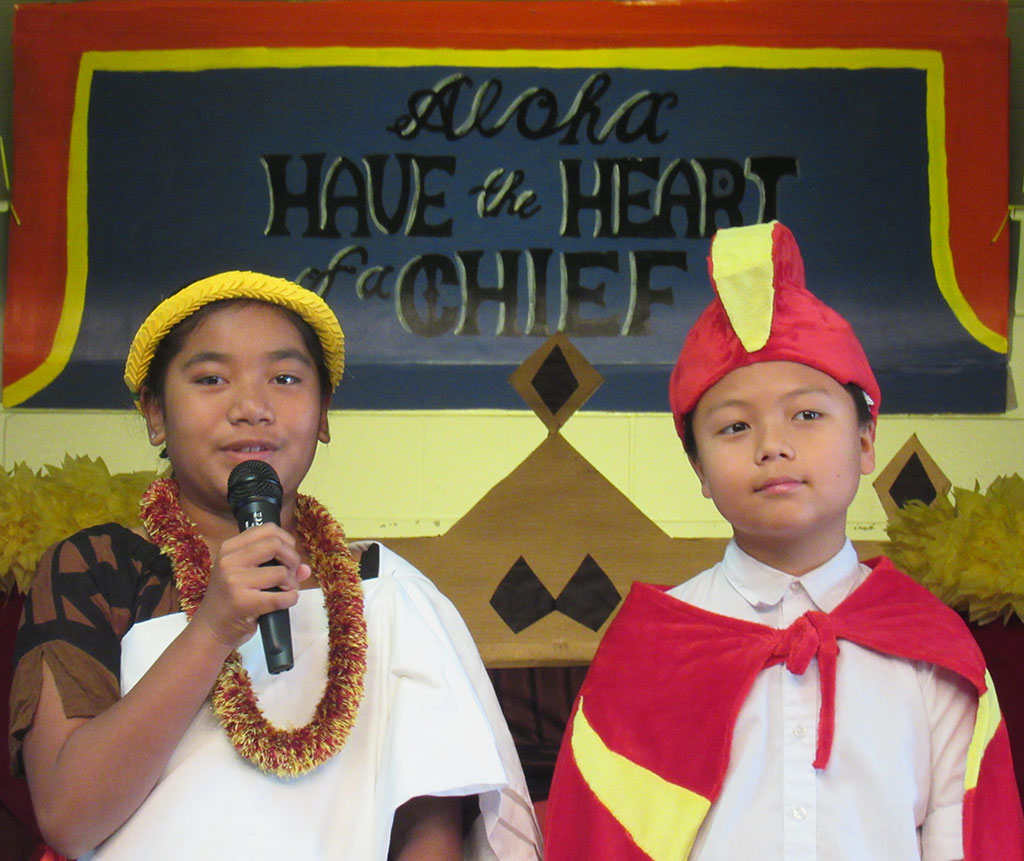
Pukalani Elementary School, a Maui Economic Development Board (MEDB) Women in Technology STEMworks™ AFTERschool participant, celebrated this year’s Leadership Day with a moving and inspirational message. During a morning presentation, educators and students showed visitors what is possible when schools are given the tools needed to create learning environments where positive experiences accumulate and empower students.
“As a ‘Leader in Me’ school, the staff at Pukalani Elementary believes that all students can be leaders,” said Amy Strand, Pukalani School Principal. “Based on Steven Covey’s 7 Habits of Highly Effective People, the ‘Leader in Me’ program gives students opportunities that will help develop leadership skills as well as prepare them to be successful in college, career and life. Leadership Day is student-designed, student-prepared, and student-led. They demonstrated some of the projects and opportunities that are helping them grow and develop into the future leaders of this community.”
Working together in groups, students practice all of the Seven Habits. The habits naturally become the framework for behavior expectation and are practiced intrinsically and successfully, because the motivation is in their interest. As a result, students are not only thinking critically and working collaboratively, they are also producing work that is meaningful to them, ultimately acquiring the lesser known 8th Habit, Finding Their Voice.
Feeling good about themselves and others, students are ready to tackle their school curriculum, including STEMworks™ AFTERschool classes provided by MEDB. Pukalani 4th grader Blake Yatsushiro said, “STEM (science, technology, engineering, mathematics) classes teach me so much. I’ve learned how to work as part of a team in Robotics, Aquaponics, and throughout my school day. I’m learning about ratios, volume, chemistry and currently how to normalize the pH for our aquaponics to make it safe for both fish and plants. I hope we can get another grant from MEDB to continue STEM in our school.”
Yatsushiro’s dad, Ryan concluded, “At Pukalani, they are being taught good morals and ethics, along with an amazing education. This integrated way of learning produces leaders who see that their voice is important in the community and in the world.”
I’ve learned a lot from STEMworks™. Not only the science, but life skills like patience, teamwork, and always to keep trying. I hope other kids will get to have this great leadership and STEM experience.
Blake Yatsushiro, 4th grader, Pukalani Elementary School

May 22, 2019 | Education

Maui Economic Development Board’s (MEDB) Ke Alahele Education Fund grantee, Kihei Charter High School, used their funding for a school-year long class that combined current and ancient Hawaiian navigation and science skills. “The project enhanced awareness of viable STEM (science, technology, engineering, mathematics) careers and opportunities by exposing students to a variety of scientific fields,” said Ellen Federoff, Kihei Charter Hawaiian Studies instructor. “Through weekly, hands-on experiences, our students learned both the history and current importance of celestial navigation, meteorology, and marine biology, as well as proficiency in the mathematics needed to use a sextant to navigate.”
Kihei Charter partnered with several local kupuna and Hui o Wa’a Kaulua, a nonprofit that perpetuates and educates the community on Hawaiian studies, canoe building, and wayfinding. The traditional voyaging canoe, Mo’okiha o Pi’ilani, served as the living classroom for the project− providing opportunity for the students to apply what they’re learning.
“Some of our students participated in a four-day program over Spring Break where they learned even more in-depth skills and spent time sailing on the authentic Hawaiian double-hull canoe,” said Federoff. “The students successfully integrated both ancient and current practices to navigate on the ocean, while learning the meaning of seamanship. They also studied the Hawaiian night sky, the ocean currents, the seabirds, sea animals, and the cloud formations.”
Eleventh grader Jonathan Atkinson spent Spring Break on the Mo’okina o Pi’ilani. “The canoe is designed to look like an ancient Polynesian vessel,” he explained. “We learned about celestial navigation and how to keep track of where we’re going by reading the stars. Additionally, I experienced what it’s like to be part of a true ‘ohana, making me feel more connected to the ‘aina with a deeper understanding and respect for where we are.”
Jaden Binning, 10th grader, said, “I learned that the ancient traditions were simple. They didn’t need modern instruments to find their way across the ocean.” Agreeing, Kody Izak, 10th grader, added, “We were taught how to use our hands to find our way and the distance travelled. This was an amazing experience. Thanks MEDB!”
The annual Ke Alahele Fund Benefit Dinner & Auction, will be held on Saturday, August 31, 2019 at the Wailea Beach Resort-Maui Marriott. For reservations, visit www.medb.org/KAH.
I appreciate how MEDB, through their Ke Alahele Education Fund, supports the perpetuation of the Hawaiian culture and sciences.
Ellen Federoff, Kihei Charter Hawaiian Studies Instructor
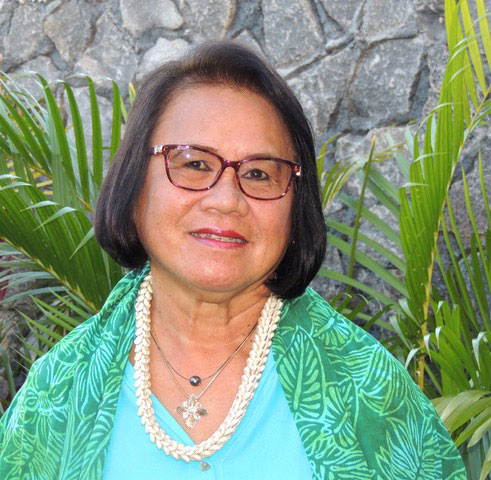
May 15, 2019 | Community, Sustainability

An affordable housing survey focusing on the West Maui community has just begun circulation to help define the extent of the need for affordable workforce housing upon which the West Maui economy depends. The initiative for the survey came from the community itself, led by long-time resident Lori Sablas, who has spent most of her career in the visitor industry. “My Dad worked for Pioneer Mill and purchased our first home in 1969 for $19,380. Our monthly payment was $104 per month; how times have changed!”
Lori knows the value of home ownership and her motivation is to help the West Maui workforce buy a home near their workplace, just as her Dad did. As the former Director of Ka’anapali Beach Hotel’s Project Po’okela program, she developed educational opportunities for staff to learn about Hawaiian culture. She was also instrumental in bringing West Side hoteliers together to support the commuter bus system and subsidizing fares to reduce traffic congestion and make commuting as easy as possible.
Across Maui County, as elsewhere in the state and nationally, affordable housing is a critical issue as supply fails to keep up with demand. Recent studies have shown that it is an issue that represents a major constraint on economic development, and as the Maui County General Plan states, “When adequate or appropriate housing is unattainable to a large portion of the population, it negatively impacts the entire community and decreases overall quality of life.”
Originally shaped by an informal working group of West Side HR directors and employers led by Lori Sablas and further developed by MEDB, the West Maui Workforce Housing Survey is a first step to defining the need through data provided by residents. The exercise will better inform our local community, our policymakers, and real estate development companies about the demand for affordable housing. The survey is entirely anonymous and can be accessed online at www.medb.org/wmsurvey.
In seeking resident input, Lori Sablas notes, “I felt strongly that we need to ask our workforce about this issue and address it from the bottom-up, as opposed to top-down. It’s an initiative than we can deploy in other areas – such as South Maui, if we find the information we collect is useful.”
The West Side Affordable Housing Survey started from a grass-roots level. My sincere hope is that our combined efforts will result in more of our workforce becoming homeowners, just like my Dad did.
Lori Sablas, cultural specialist and community advocate








